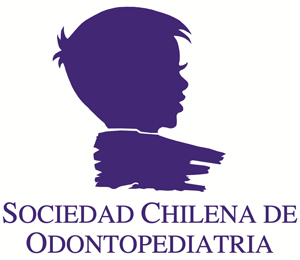Órgano oficial de difusión
científica de
Sociedad de Periodoncia
de Chile
Sociedad de Implantología Oral
de Chile
![]()
Sociedad de Prótesis y
Rehabilitación Oral de Chile

Sociedad Chilena de
Odontopediatría

Sociedad de Ortodoncia
de Chile

Federación Ibero Panamericana
de Periodoncia
![]()
Asociación Iberolatinoamericana
de Rehabilitación Oral (AILARO)
Indexada en:
Scielo, ScienceDirect,
Latindex, Redalyc
Rev Clin Periodoncia Implantol Rehabil Oral 2009;2:187-192
REVISIÓN BIBLIOGRÁFICA [PDF![]() ]
]
Subgingival Biofilm Communities in Health and Disease
Díaz PI1, Kolenbrander PE2
1Division of Periodontology, Department of Oral Health and Diagnostic Sciences, School of Dental Medicine, the University of Connecticut Health Center, Farmington, CT, USA.
2Vashon, WA, USA.
Abstract
Oral biofilm-related diseases such as periodontal disease are infection processes that arise from the resident (indigenous) flora. Prior to the development of a periodontal lesion, a change in the proportion of certain species with greater pathogenic potential occurs within the biofilm. This change from a “commensal” flora to one considered pathogenic is accompanied by a disruption of the immune homeostasis and development of an inflammatory response. Chronic inflammation of the supporting periodontal structures eventually progresses to tooth loss. Although periodontal diseases have a multifactorial etiology in which environmental and host factors play an important role, polymicrobial biofilm communities with pathogenic properties are the primary etiological factor of periodontal lesions. Therefore, a thorough understanding of the events that lead to the maturation of subgingival biofilm communities is necessary in order to develop better diagnostic and treatment strategies. This review article will summerize our current understanding of the ecology of subgingival biofilms and the role of these multi-species communities as etiological agents of periodontal disease. An overview of the process of subgingival biofilm formation will be presented followed by a description of the ecological determinants of biofilm development in the subgingival environment. Finally, the concept of subgingival polymicrobial biofilm communities as the etiological agents that initiate a host-mediated inflamamtory response will be discussed.
Keywords:
Subgingival biofilms, microbial communities, periodontal disease etiology.
El Texto completo solo está disponible en PDF 
Referencias Bibliográficas
CORRESPONDENCIA AUTOR
Patricia I. Diaz.
Division of Periodontology, Department of Oral Health and Diagnostic Sciences School of Dental Medicine.
The University of Connecticut Health Center. 263 Farmington Ave. MC 1710. Farmington, CT 06030-0001.
Ph: (860) 679 3702.
pdiaz@uchc.edu
Copyright © 2009.
Sociedad de Periodoncia de Chile, Sociedad de Implantología Oral de Chile y Sociedad de Prótesis y Rehabilitación Oral de Chile.